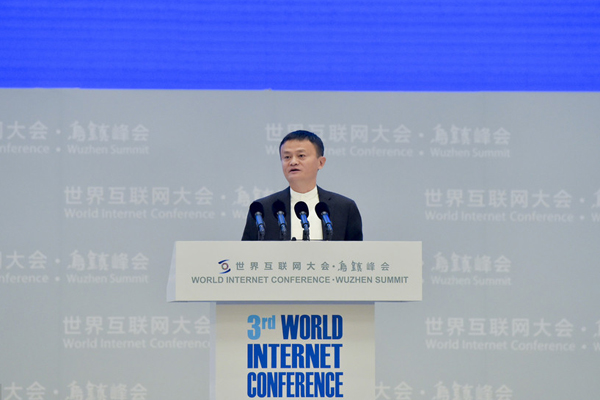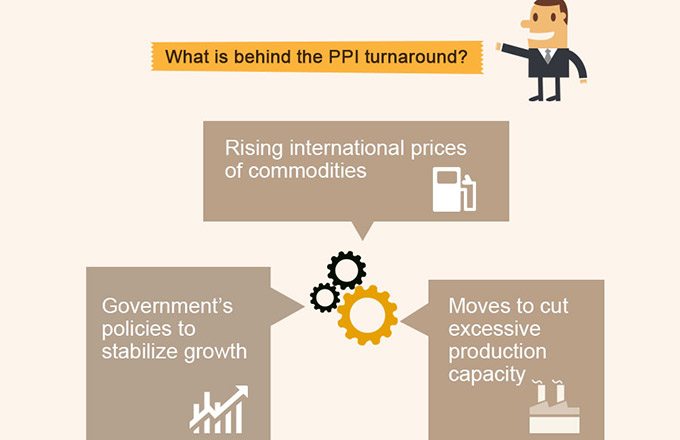Increased structural reform will enable China to achieve its growth target in coming years: ADB economist
MANILA - China's increased progress in structural reform will enable Beijing to achieve its annual growth target in the coming years, a senior economist with the Asian Development Bank (ADB) has said.
Zhuang Juzhong, deputy chief economist at the ADB, made the comments Tuesday in an interview with Xinhua. He noted that China has made "very encouraging" progress in phasing out excess capacity.
Phasing out excess industrial capacity properly was made a clear priority by Chinese Premier Li Keqiang in the government work report this March.
In November, Li announced at a State Council's executive meeting that China has met this year's target of retiring 45 million tons of steel and 250 million tons of coal production capacity, meeting both goals ahead of schedule.
China's just-concluded Central Economic Work Conference has further highlighted the importance of the continued structural reform, Zhuang noted.
In the conference, while making stability as the basic tone for next year's economic planning, China has pledged to push for "substantial progress" in supply-side structural reform.
China's economy expanded 6.9 percent year on year in 2015, the slowest in a quarter of a century, weighed down by a property market downturn, falling trade and weak factory activity.
The Chinese government has been making great efforts to shift the economy from the previous mainstay of exports and investment toward services and consumer spending.
China's 13th five-year plan on national economy (2016-2020) aims to keep medium-high growth in the next five years. By 2020, the size of China's economy is expected to exceed 90 trillion yuan ($13.8 trillion), compared with 67.7 trillion yuan in 2015.
The challenges facing China's economy can be counteracted, the expert said, stressing that China has the potential to achieve its targeted average annual economic growth which is set at above 6.5 percent in the next five years.






















